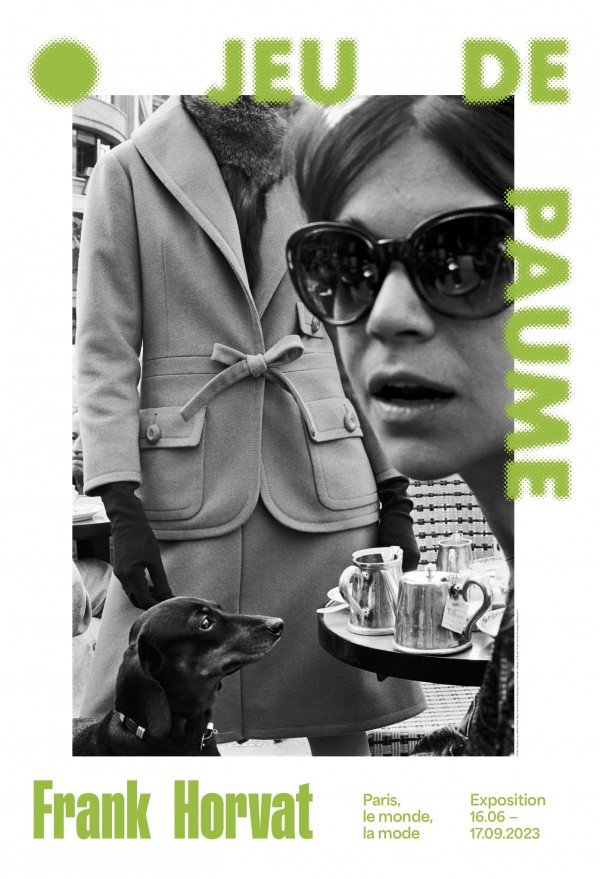
Only 9 days left to see the exhibition on Frank Horvat!
This publication is also available in: Français
Deutsch
Italiano
Español
English (US)
While we often highlight profiles of creators and artistic directors on the blog, today we wanted to shine a light on another perspective in the world of fashion, namely that of a photographer who came to change the codes of fashion photography. On the occasion of the exhibition Frank Horvat, Paris, the world, fashion, presented at Jeu de Paume until 17.09, let’s revisit the “reportage style” that the photographer developed and pioneered in fashion photography.
What is the “reportage style” highlighted in the exhibition on Frank Horvat?
A total of 170 prints and 70 original documents have been gathered to trace the first 15 years of the photojournalist’s career on the occasion of the first exhibition of this scale dedicated to him. Presented since June 16 at Jeu de Paume, and about to close, the exhibition on Frank Horvat, who passed away in October 2020, highlights a career intimately linked to the evolution of illustrated press, which shaped his work by including him in photojournalism from the very beginning.
This approach to photography, which he embraced in the 1950s during the renaissance of this press in the post-war period, saw him continuously explore its possibilities until the decline of the latter in the mid-1960s. This 15-year period reveals a perpetual quest for a photographic style known as “reportage style”, featuring varied experiments with framing, subjects, environments… A relationship with the image and its technique that nourished his vision and the message emanating from his shots.

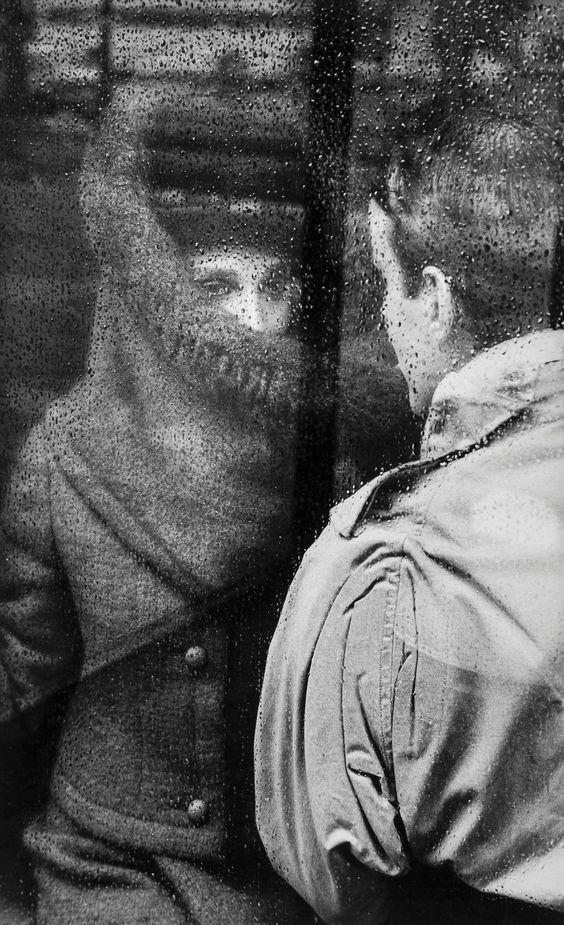
The exhibition on Frank Horvat covers the years 1950 to 1965, from his early notable shots to his rise within prestigious agencies like Magnum, as well as his work in fashion photography for major magazines, including Harper’s Bazaar.
From his shots and publications, we discover a singular vision that reflects a unique eye and sensitivity to the world. His works demonstrate a reflection on the games of gaze, bodies, feelings, and the notion of being seen and seeing. The noise, silence, movement, stillness, black, white… The framings and contrasts create striking images, showcasing suspended moments amid the hustle and bustle of city life.
Through iconic shots, some lesser-known, and many revealed for the first time, the exhibition on Frank Horvat allows us to encounter his vision and the evolution of his relationship with photojournalism that guided his various career paths.
How does the exhibition on Frank Horvat reflect an eclectic career?
Divided into five parts, which can be viewed as chapters, the exhibition on Frank Horvat emphasizes the photographer’s relationship with photojournalism and how it nourished his subjects and collaborations. Travels, social studies, political subjects, fashion photography… As he discovered photography, evolved his equipment, and met various people, his “reportage style” refined itself by incorporating various fields.
One of the first series presented in the exhibition on Frank Horvat is rooted in his early years, between 1950 and 1954. This series, created during an initiation trip to Asia, with a Leica he had bought for the occasion, offers an intimate look at religious ceremonies, scenes captured in the red-light district of Hira Mandi, as well as opium and hashish smokers. Alongside scenes reflecting the poverty of Calcutta and series on wild elephants, his unique gaze on society captivates and brings him recognition.

His gaze addresses society with irony, as seen during his time in London, where he captured nuns at a flower festival, businessmen bustling in the city, and young people boxing in the streets. A gaze that also becomes voyeuristic in other series, such as one commissioned on prostitution, where the photographer captured images from his car, hidden in the streets of the capital and in the Bois de Boulogne. His “reportage style” is linked to the inspirations of film noir and offers a fresh perspective on this milieu.
The work around gaze, bodies, and what is shown or concealed continues with a commission from an American magazine on the Parisian cabaret Le Sphinx. The prints featured in the exhibition on Frank Horvat testify to a collaboration between the strippers and the photographer, in this closed setting where unique moments of life unfold alongside their performances on stage.
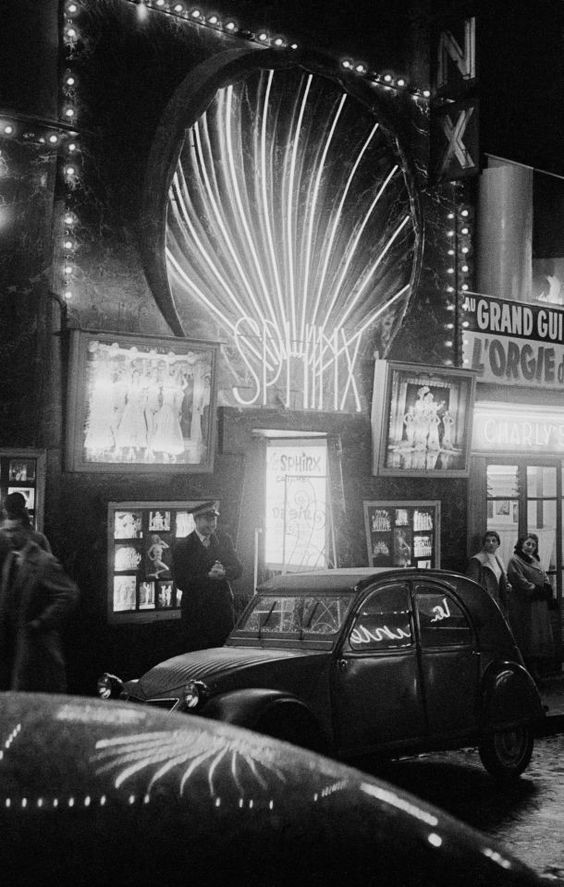
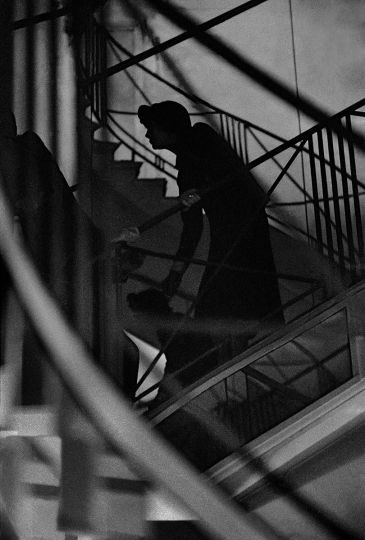
The exhibition on Frank Horvat also highlights the photographer’s creative and initiatory work, particularly with his telephoto lens experiments. A new approach to photojournalism that led him to find new perspectives, requiring him to take more distance and height concerning his subjects. The framing is rethought, and we witness a spirit of time frozen in a constantly moving capital, where the inhabitants merge with Paris, which becomes a character in its own right.
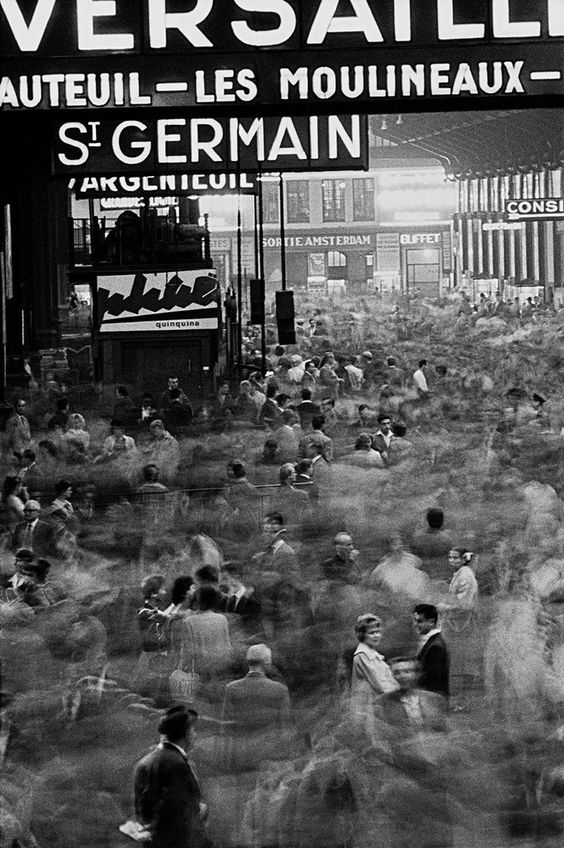
These different series allowed him to define, refine, and establish his “reportage style” which was quickly noticed, thus initiating a new trajectory for his career, that of fashion photography.
How did Frank Horvat change the codes of fashion photography?
Last May, we reflected on the exhibition Azzedine Alaïa and Arthur Elgort, which highlighted the collaborative work of the two artists, particularly the fashion photographer’s vision that sought to be more spontaneous by opting for natural settings and moving away from the stereotypical poses of traditional fashion photography. This intention actually echoes the work that Frank Horvat proposed twenty years earlier.
Indeed, recognized for his series on the city of Paris captured with a telephoto lens, Frank Horvat was offered in 1957 by the artistic director of the magazine Jardin des Modes, Jacques Moutin, to bring his “reportage style” to the magazine’s covers. Accepting this new challenge only if he could work in a lightweight setup, with a small-format camera, and in natural decor and light, the photographer rethought the entire aesthetic of fashion photography, appropriating the genre and modernizing it.
The exhibition on Frank Horvat emphasizes the photojournalist’s desire to change the existing codes in order to bring more naturalness and authenticity to the photographs. For this, he asks that the models be lightly made up, and he stages them in moments of daily life, abandoning the stereotypical postures typical of fashion photography. Thus, Parisian brasseries, bar counters, trams, muddy streets, and other forests become his new playgrounds to showcase the silhouettes of the models.

The shots, each more striking than the last, captivate with their composition, where everything is meticulously considered, revealing an atmosphere that blends glamour with fantastical touches. The models no longer pose in the foreground but blend into the decor. Yet, a white dress, a sidelong glance, or a graceful posture immediately draws the eye towards them thanks to the interplay of contrasts and lines.
Quickly gaining a reputation in the fashion photography world, Frank Horvat began to work with other magazines such as Elle, British Vogue, and the iconic Harper’s Bazaar, collaborating with renowned photographers like Irving Penn. In front of his lens, prestigious brands envelop the models, as seen in this shot presented in the exhibition on Frank Horvat, featuring a Givenchy hat, in front of which one could gaze for hours, so the work around gaze, contrasts, and lines is stunning.
On one side, the woman concealed by her attire, which radiates and illuminates the frame. And in the background, these men, twins in hand, gazing off into the distance without noticing the woman who is hidden from them. Games of gaze, postures, what is visible and invisible, questions of voyeurism… We find the themes characteristic of Frank Horvat through this glamorous shot.
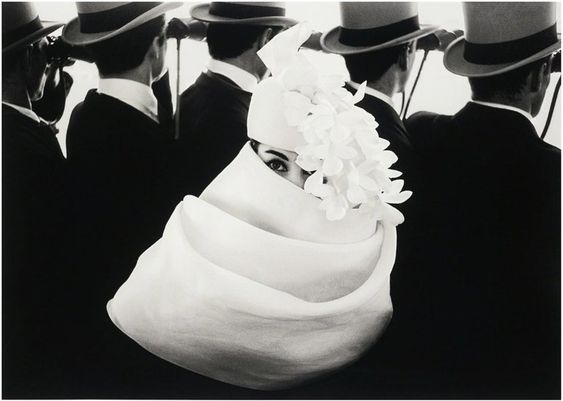
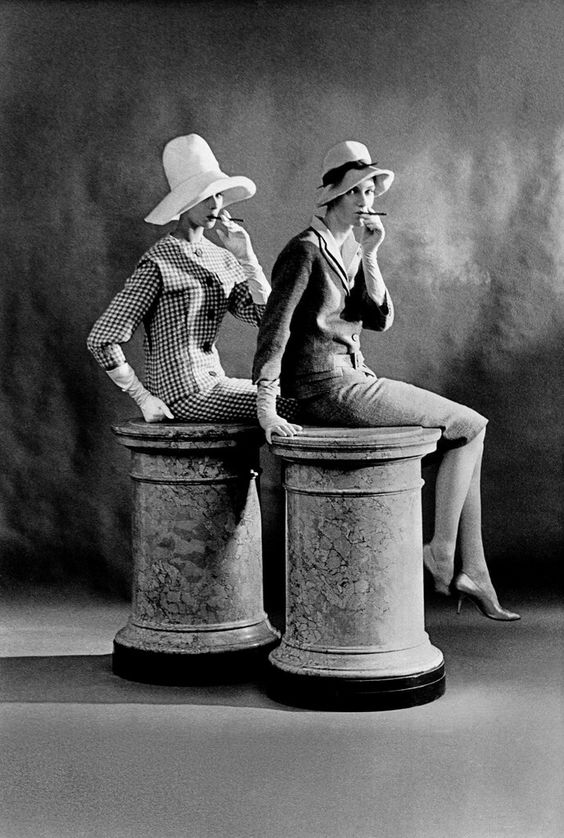
His rise as a fashion photographer for many prestigious magazines led him to capture the silhouettes of increasingly well-known individuals, such as Judy Dent, with a style that strives to be a bit more sophisticated and framed.
Gradually, the photographer, who initially was not drawn to fashion photography, no longer felt fulfilled in this field and decided to distance himself in 1962. He then ventured back into the world through a photojournalism project covering 12 non-European cities for a German magazine, although much of it would not be published due to the crisis the illustrated press was facing in the mid-60s.
The exhibition on Frank Horvat offers a privileged look at the photographer’s work, with shots that leave a mark on us through their composition and the place of gaze, that of the subjects, the photographer, and ours.
Photos: Pinterest / Frank Horvat / Jeu de Paume



